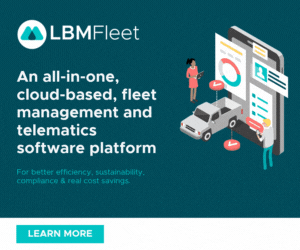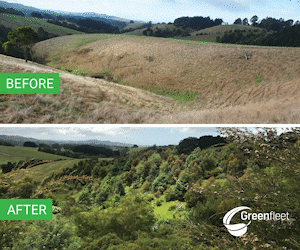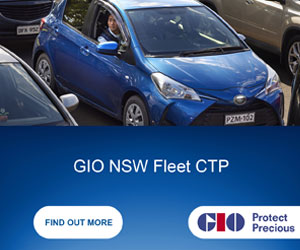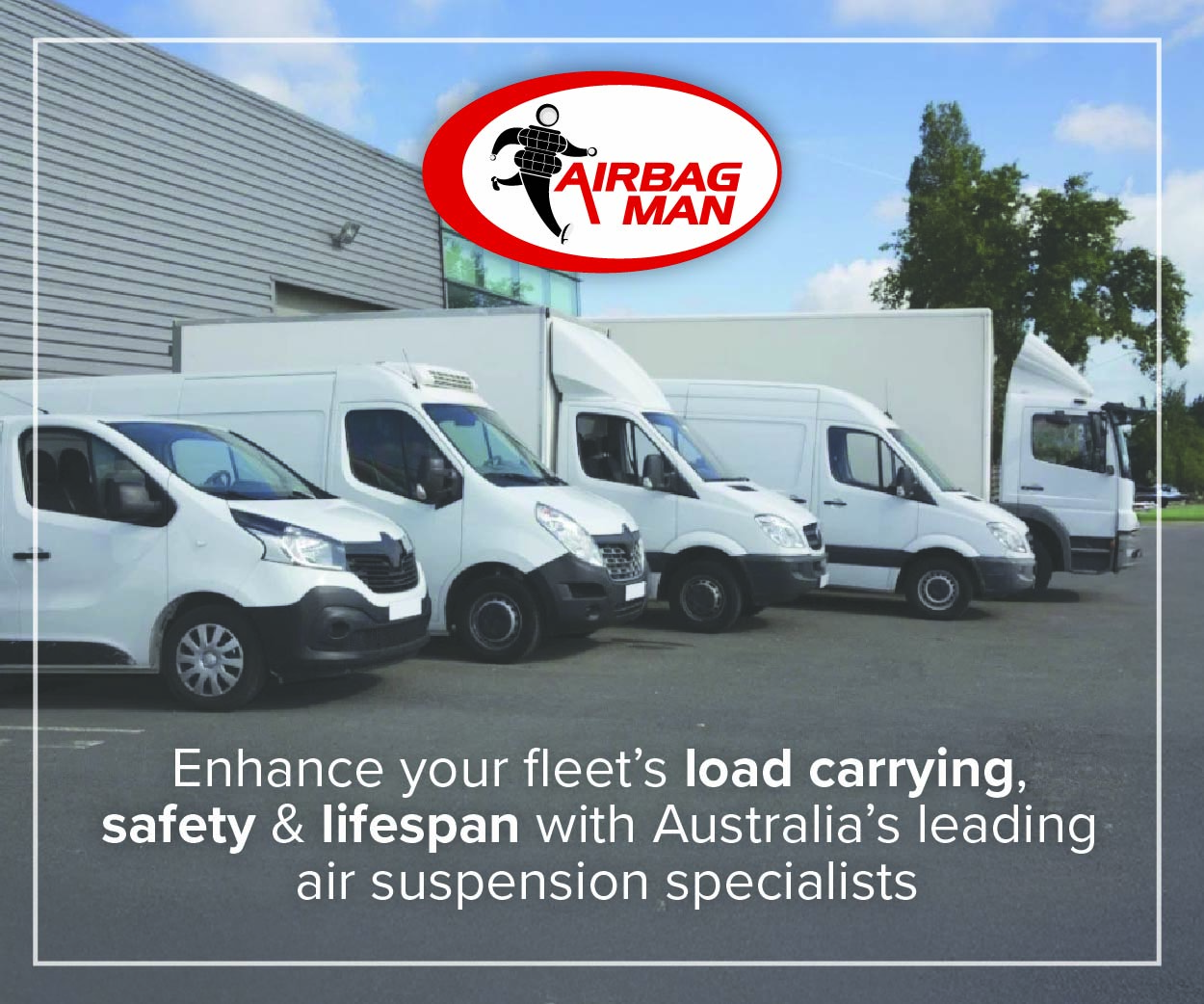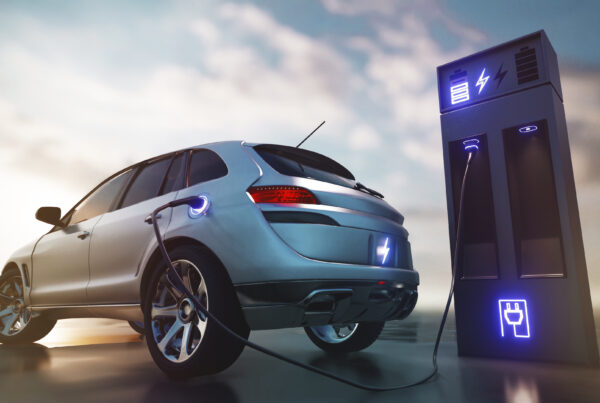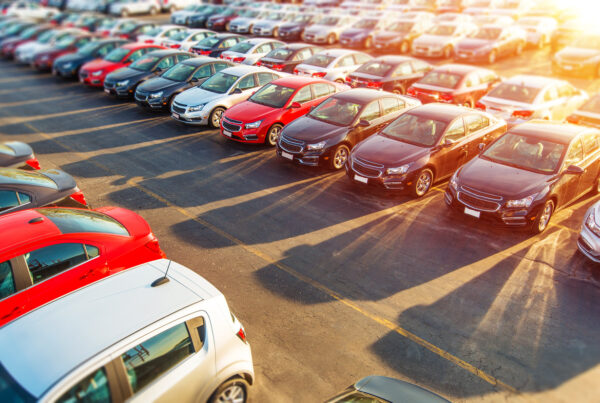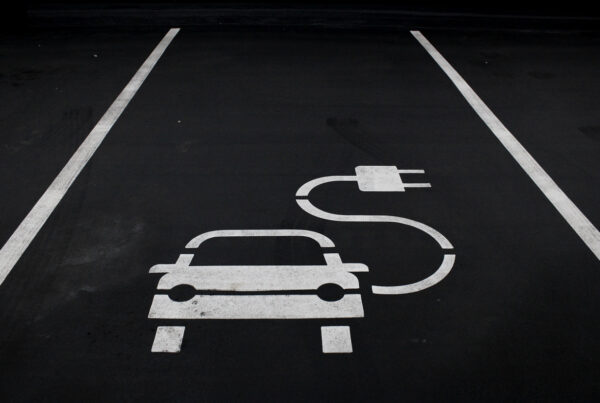
Subaru Outback
The term ‘Fit for Purpose’ was coined relating to the pure function and operation of a fleet vehicle as required by the task it is selected for. It is simply ensuring that the most appropriate method of transport is used. This is not a static task – it evolves as a company or business does, and when requirements of that fleet change, so too should the vehicle if it does not suit its purpose.
Knowing which of the four categories the fleet vehicle in question fits into (see Selecting the Fleet) helps start the first step of vehicle selection. Keeping in mind there may be cross over use between categories, how the vehicle will function needs to be considered in detail. This includes finding the life cycle cost of the vehicle, utility needs, competitive pricing and deals offered to commercial buyers, reputation and brand image (again, seethe Fleet Manager’s Role), employee satisfaction and requirements, and above all safety. Geographical considerations of drivers, any specific of unique requirements of particular tasks and

Fiat Ducato
any overarching policy conditions need to be factored in.
As different drivers have different personal and/or professional requirements to perform their duties, so too must the vehicle they operate which links back to providing duty of care to employees in Driver Training and Chain of Responsibility. Take into account:
-Load carrying potential
-Frequency of maximum load carrying
-Typical journey characteristics – length, time, traffic and road conditions, weather, topography
-Height, width, length, turning or wading restrictions
-Safety issues, equipment requirements and signage
Most of this information is available through the manufacturer and by consulting with relevant company

Kia Carnival
department heads and the workforce in depth. Keep in mind legal and legislative requirements and expectations.
Looking at staff roles, job descriptions and assessing responsibilities in varying departments will develop a drive profile. Passenger profiles are also to be illustrated through the relative department heads and workforce where those vehicle requirements can be stipulated.
Make special considerations and prioritise safety features of the vehicle and accessories like cargo barriers, bull bars etc., plus special access, loading requirements like hydraulic cranes or emergency lighting. Additionally, aspects like driving patterns, conditions, distance, frequency and weather must be considered for durability, reliability and capability. Fuel consumption is also an increasingly high-

Toyota Corolla
importance aspect to selecting the vehicle fleet.
Efficiency means cost reduction and may also hinder or facilitate various functions for the fleet depending on those driving conditions that will be placed on the vehicles so investigate engine sizes, capacities, seating capacity, tow and load ratings, transmission and drivetrain options (front-wheel drive, all- of four-wheel drive, or rear-wheel drive). Engaging stakeholders for this kind of information will be invaluable.
But wait, there’s more! Click to access the website and join AFMA to learn more on picking your fleet, looking for the link below.










